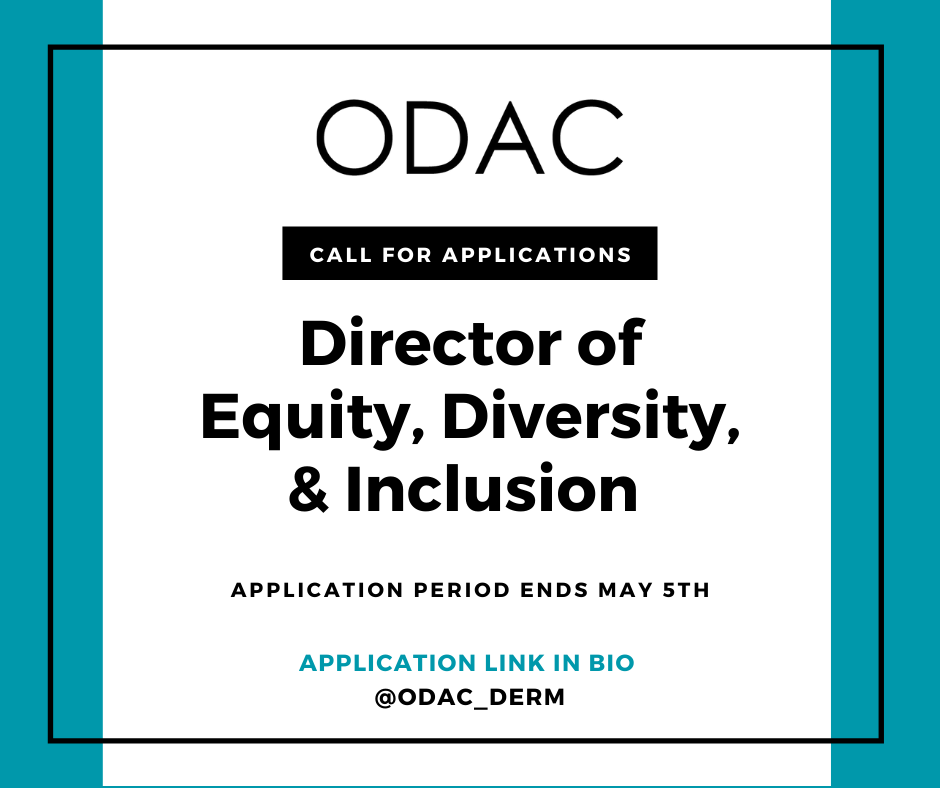
New York (April 21, 2021) – Luciana Halliday Nofal, SanovaWorks Vice President of Marketing and Client Relations
Together with SanovaWorks, ODAC Dermatology, Aesthetic & Surgical conference is renewed in its commitment to create an equitable space for dermatology healthcare practitioners to pursue education, leadership, and career advancement opportunities, as well as to present inclusive and diverse education on dermatologic diseases in all skin tones.
ODAC is pleased to announce a call for applications, for the role of Director of Equity, Diversity and Inclusion (DEDI). This newly defined position will work closely with the ODAC Advisory Board and the SanovaWorks Events Division, to promote the development and implementation of educational offerings aimed at improving cultural competence, diversity, and equity within the field of dermatology. Additionally, this role will assist in creating a conference experience conducive to a collaborative learning environment that enhances professional development and advancement for all. Together with the Director of Equity, Diversity, and Inclusion, SanovaWorks pledges to:
- Present inclusive and diverse education on dermatologic diseases in all skin tones by having:
- All skin tones represented in presentation content (in cited studies and visually)
- Content and presenters that are culturally competent
- Presentations framed from the standpoint that dermatology includes all skin tones
- Presentations framed from the standpoint that dermatology includes beauty from all backgrounds
- Content that includes and highlights studies that have diverse patient base
- Create an equitable space for dermatology healthcare providers to pursue education, leadership, and career advancement opportunities by ensuring:
- Representation from presenters with diverse backgrounds
- The conference provides a platform to elevate the careers of young and upcoming dermatology leaders
Please visit orlandoderm.org to apply and learn more.

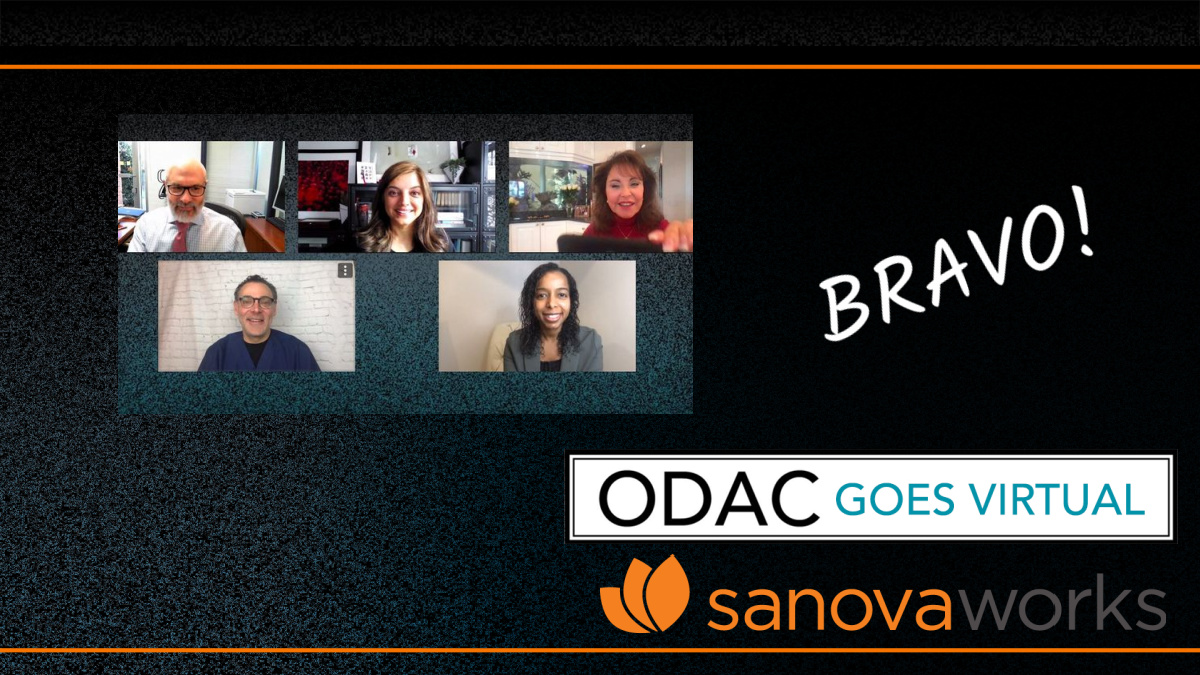
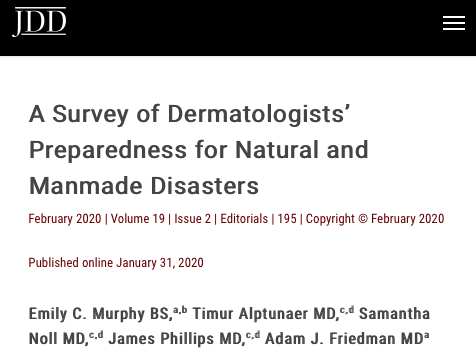
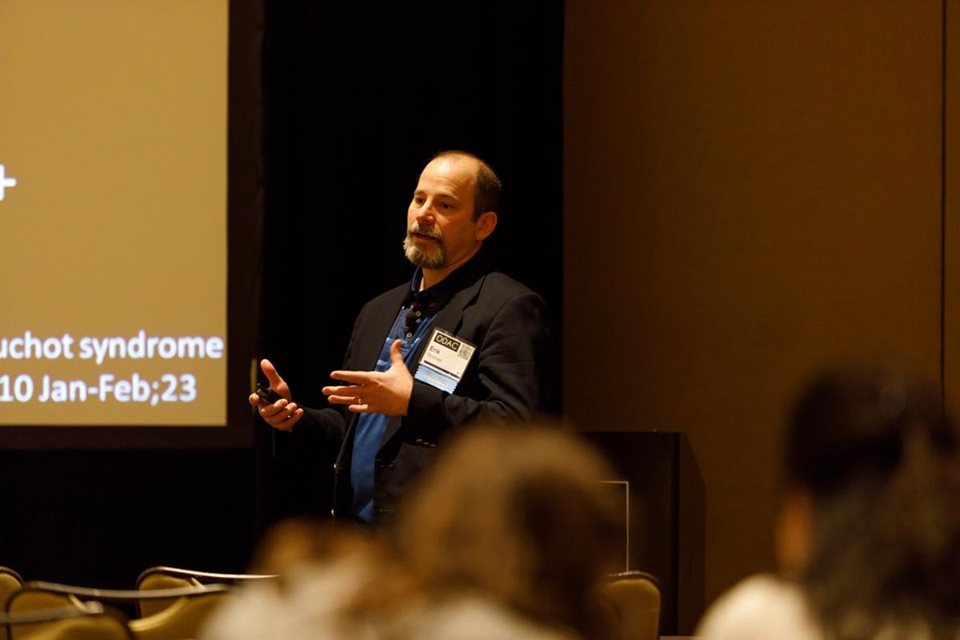
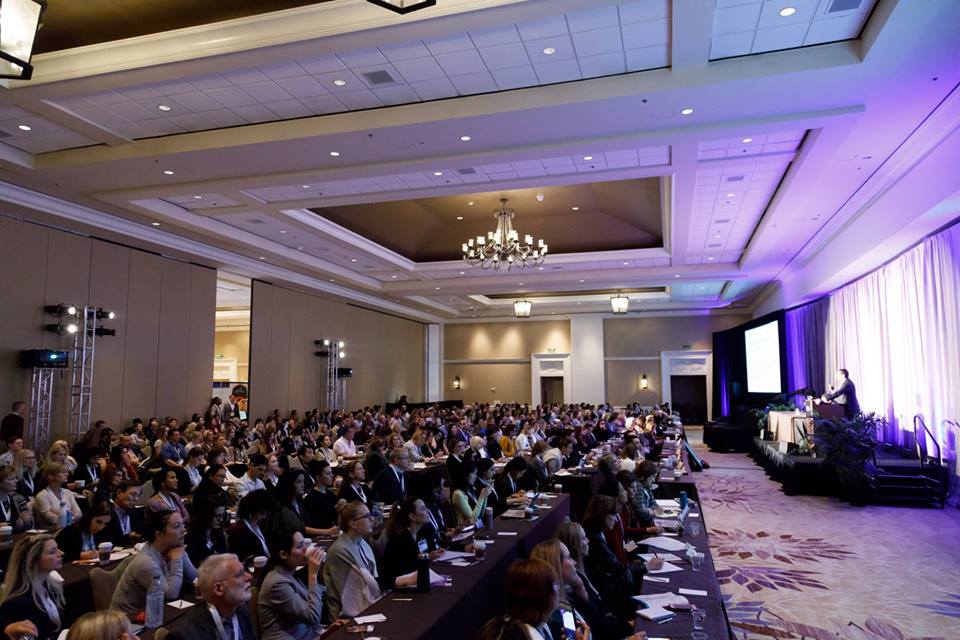
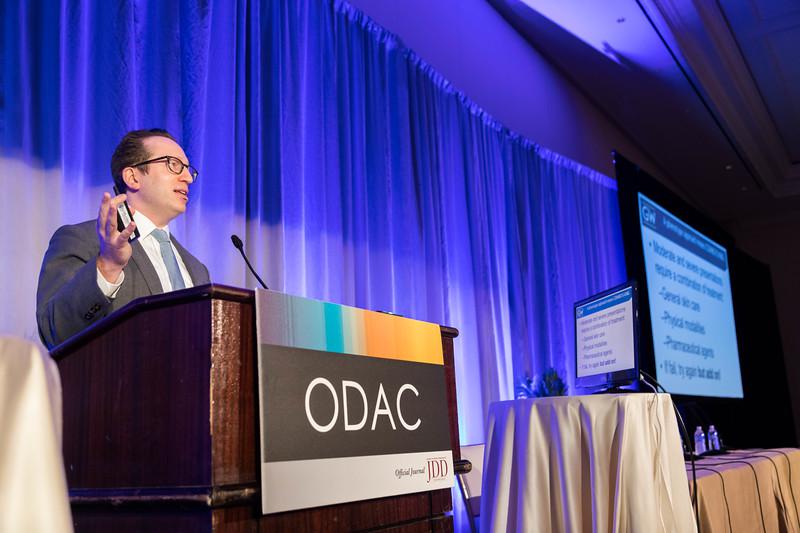
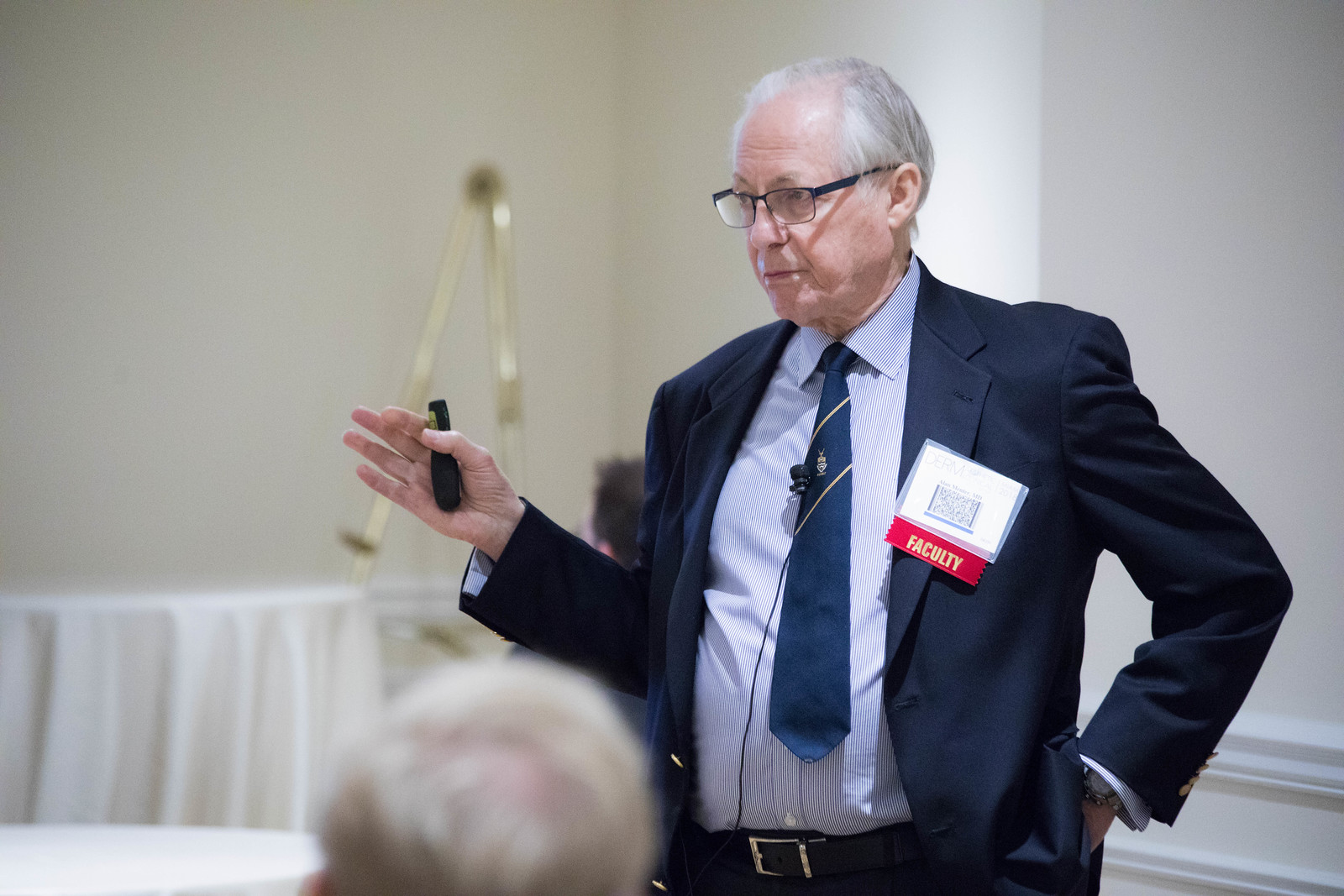
Recent Comments